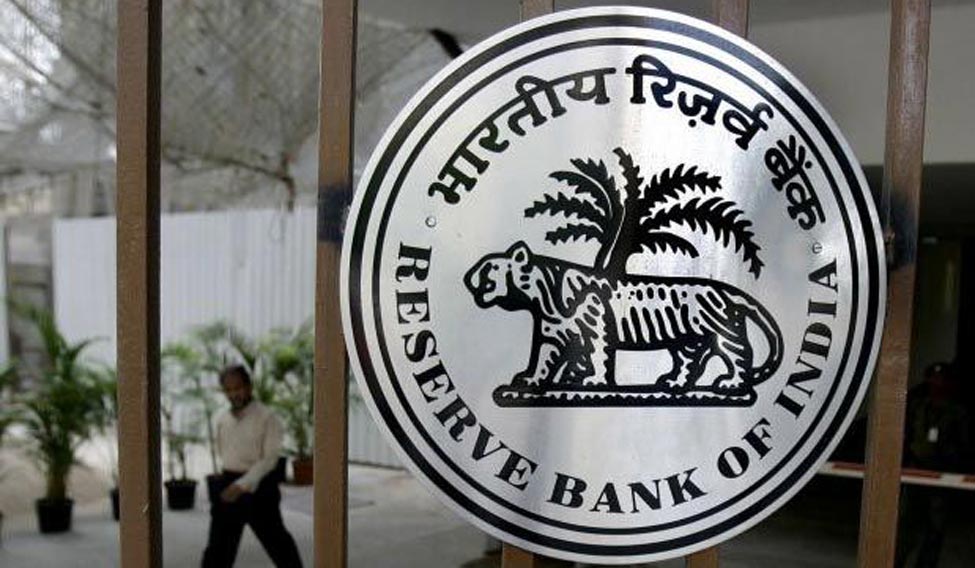The tough measures initiated by the Reserve Bank of India could help break the deadlock and lead to time bound resolution of banks' non-performing assets (NPA), but lenders may have to take a huge haircut in some of the cases, experts have warned. The lenders will also have to increase provisioning for bad loans.
“Based on assessment of embedded value in the top 50 NPA cases, we estimate a 60 per cent haircut would be needed on these loan assets. That would mean banks would have to increase provisioning by another 25 per cent this fiscal, compared with 9 per cent in the past,” said Krishnan Sitaraman, senior director, Crisil Ratings.
A haircut is the difference between the loan amount and the actual value of the asset used as collateral.
India's banking sector is stressed with almost Rs 8 lakh crore in bad loans, of which close to Rs 6 lakh crore are with public sector banks.
RBI has initiated several measures in the recent past to address the issues. It had set up an internal advisory committee, which had arrived at a criterion for referring accounts for resolution under the insolvency and bankruptcy code (IBC).
The central bank had identified 12 accounts, each having over Rs 5,000 crore in outstanding loans, for immediate referral and resolution under the IBC. For other NPA accounts, which don't qualify under the criteria, the internal advisory committee recommended that banks will have to finalise a resolution plan within six months.
According to Crisil, banks have already provisioned 40 per cent for these NPAs worth Rs 2 lakh crore, or equal to a quarter of the NPAs in the banking system, before the RBI’s move.
Last week RBI expanded the oversight committee, adding three new members. It also expanded the mandate of the committee, which will now be responsible for approving cases of restructuring under RBI's Scheme for Sustainable Structuring of Stressed Assets (S4A). It can also approve NPA cases where banks have an exposure of more than Rs 500 crore.
“The RBI has addressed the reluctance of banks to further mark down the asset values of these NPAs by having an oversight committee to provide guidance. Additionally, it sends a strong signal to borrowers to adhere to credit discipline, and also encourages banks to break resolution deadlocks with definite timelines,” Crisil said.
Some of the country's top stressed accounts, which include Essar Steel, Bhushan Steel, Electrosteel Steels, Lanco Infra and Amtek Auto, have already been referred by lenders to the National Company Law Tribunal.
Analysts say top three-four accounts from steel and infrastructure sectors account for close to 15 per cent of the banking industry's gross NPAs and their targeted and prioritised clean-up is a positive measure given the mandate of time bound resolution.
While many of the large lenders may have adequate provisions for the key stressed accounts, smaller banks may suffer from elevated credit costs, said analysts at broking firm Motilal Oswal.
They also feel quicker resolution of stressed assets may require lenders to take larger haircuts and expect banks' provisions in the current financial year “to remain elevated”.
How the lender absorb the haircuts will be key now.
“While the IBC route could entail a substantial markdown of loan assets by banks, the ability, especially of public sector banks, to absorb such losses and the consequent impact on their capital position will need to be monitored closely in the road ahead,” said Rama Patel, director, Crisil Ratings.






